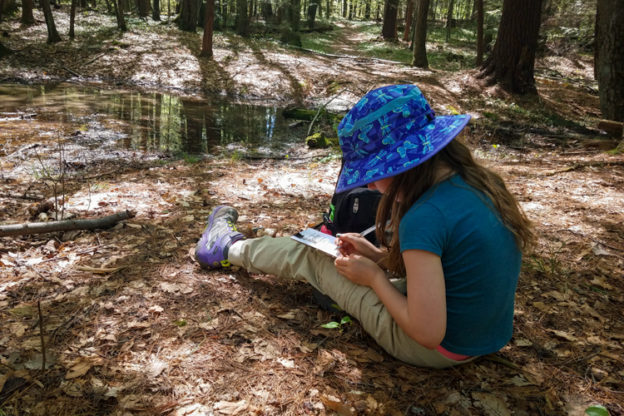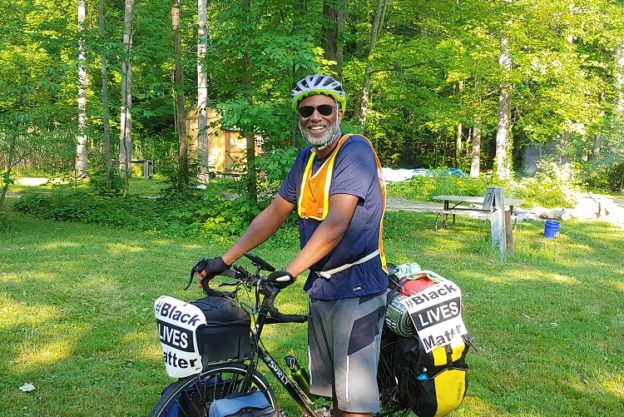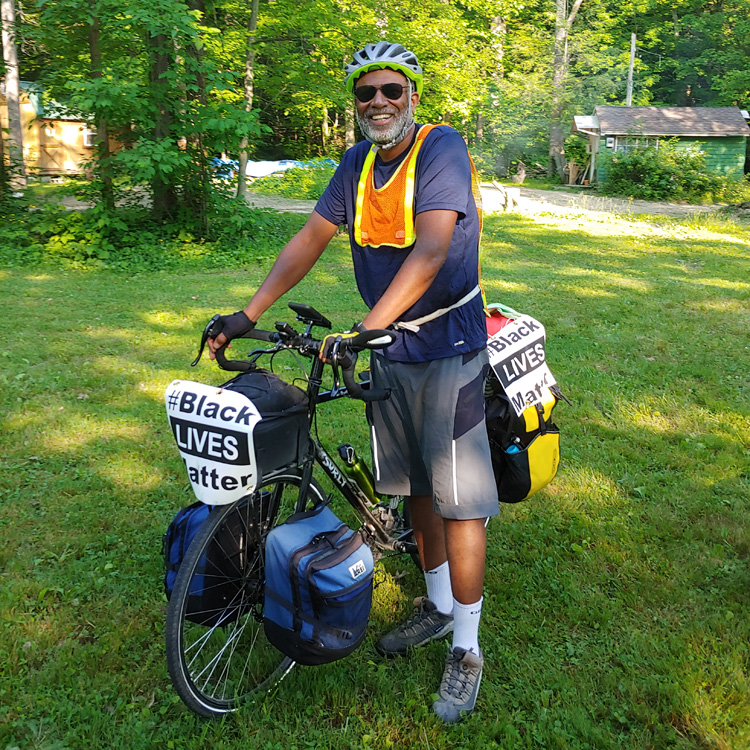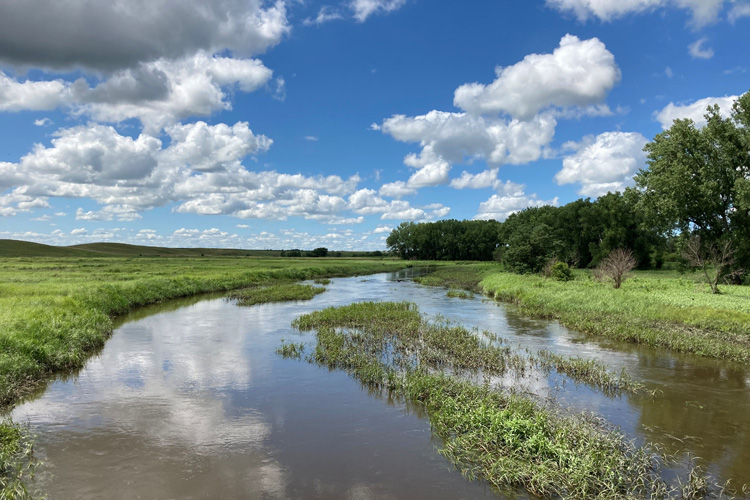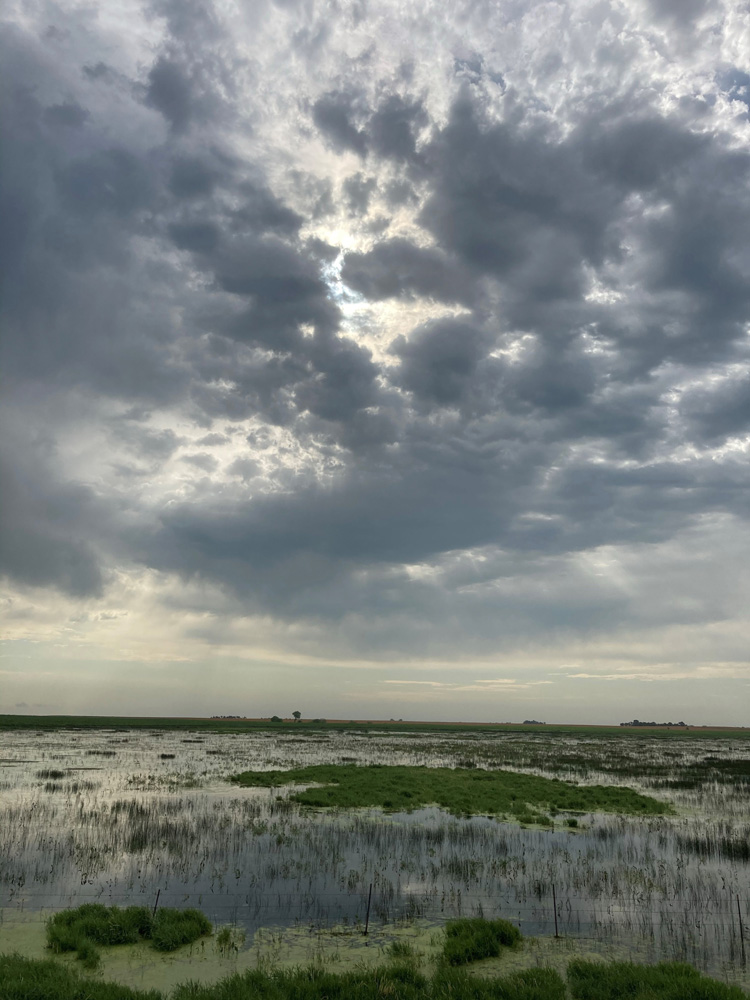Willow is a young Mass Audubon member making a big impact. Check out our “Nature in Your Neighborhood” videos that highlight some of her adventures in nature, including a Fun Fungi Hunt and Exploring a Vernal Pool.
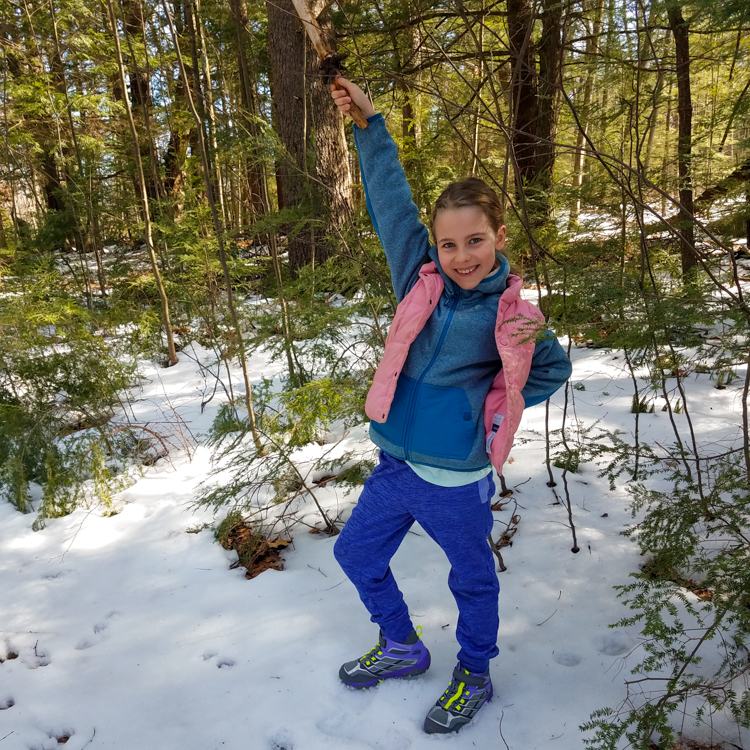
I’ve been going to Arcadia Wildlife Sanctuary in Easthampton and Northampton my whole life. When I was very little, my mom (who is a teacher naturalist at Arcadia), dad, and I would go snowshoeing on the trails. I would get tired, fall over on the snow, and that was Dad’s cue to pick me up so I could fall asleep in his arms.
Mom decided to start regular walks at Arcadia called First Child in the Woods Walks because she couldn’t find any fun events for little kids to get out in nature. At first, I was just going on the walks my mom would lead. As I got older, I started helping. If I noticed kids were interested in a natural object, I would help them discover its story. For example, how hollow logs can be animal homes and sometimes, if the hollow tree is still standing, you can listen and look for bats.
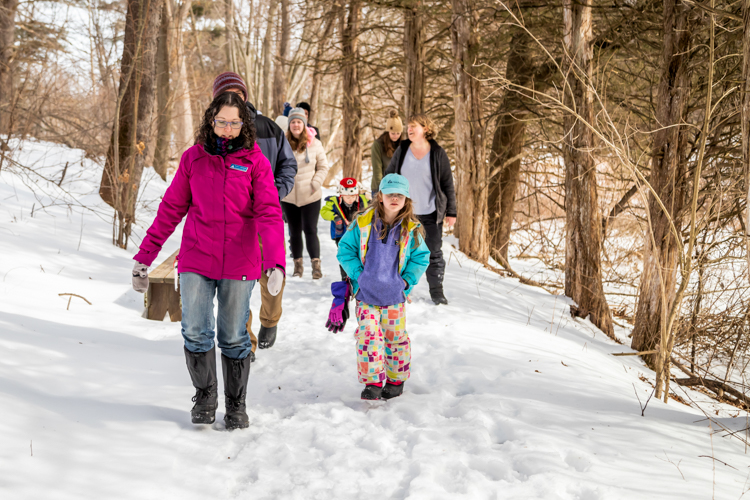
In addition to the walks, I attended preschool and camp at Arcadia, where I learned how to do a leaf rubbing, identify animal tracks and plants, and make pancakes with delicious homemade maple syrup. As a camper—a Kingfisher!—I play games like Predator/Prey, identify fungi, make nature crafts, and go on adventures.
But my absolute favorite thing to do at the sanctuary is visit the Pine Forest and the Clay Pits. I love making forts, and the Pine Forest has the perfect natural materials—sticks,
twigs, pine needles, leaves, logs, trees, branches, and mud. I like to make little clay mushrooms and hide them around the Clay Pits to find later.
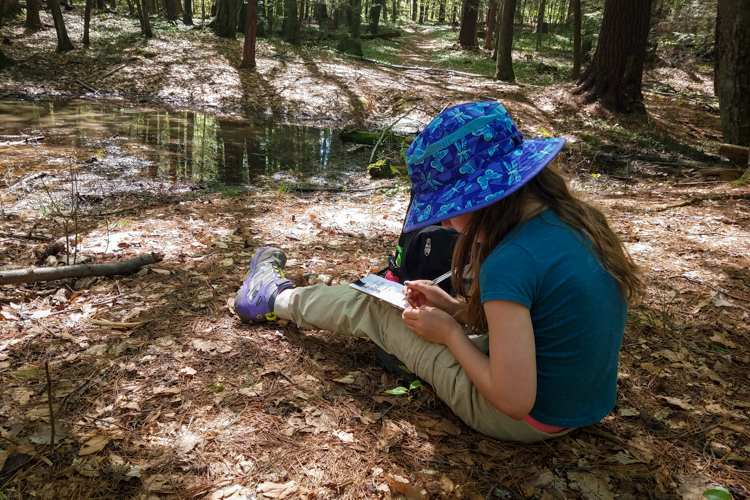
I hope all kids can enjoy nature like I do, and try to protect it, too. If I could give other kids advice, I would tell them to build forts, hike, climb safely, go birding, look for
salamanders under logs and by vernal pools (but please don’t touch—it could hurt the salamanders), listen for bats, inspect pond water, play, and use their imagination.
In Your Words is a regular feature of Mass Audubon’s Explore member newsletter. Each issue, a Mass Audubon member, volunteer, staff member, or supporter shares their story—why Mass Audubon and protecting the nature of Massachusetts matters to them. If you have a story to share about your connection to Mass Audubon, email [email protected] to be considered for In Your Words in a future issue!


